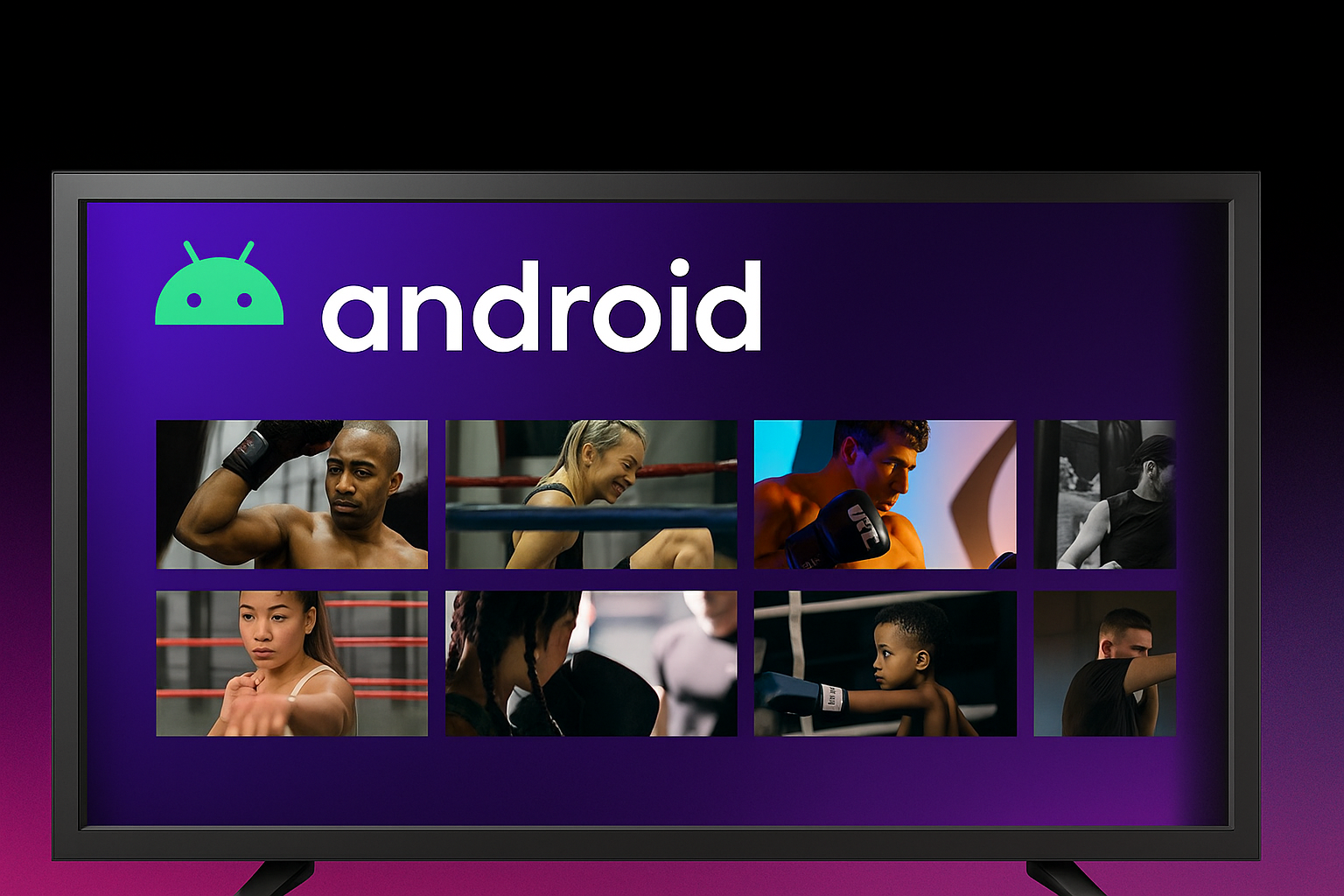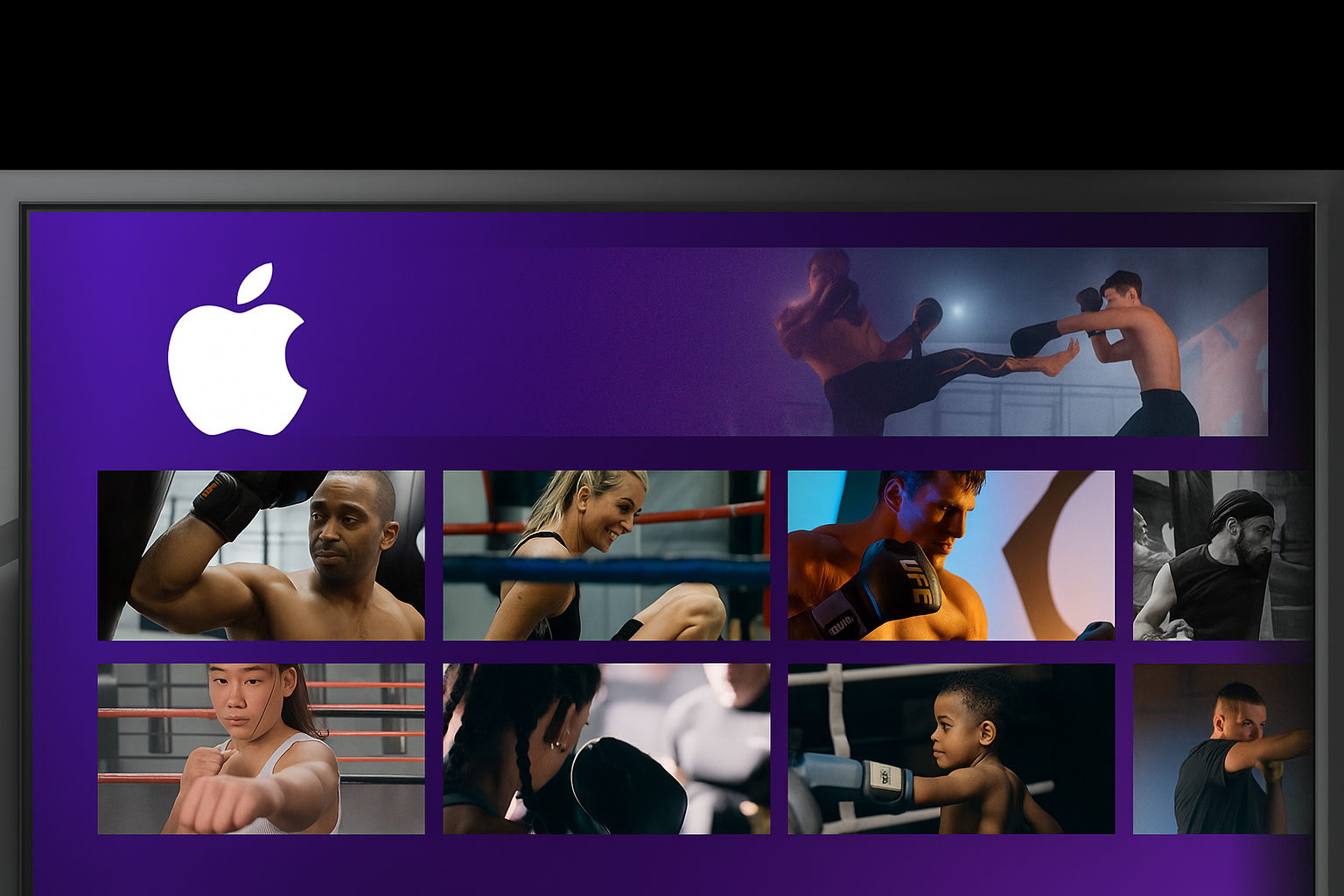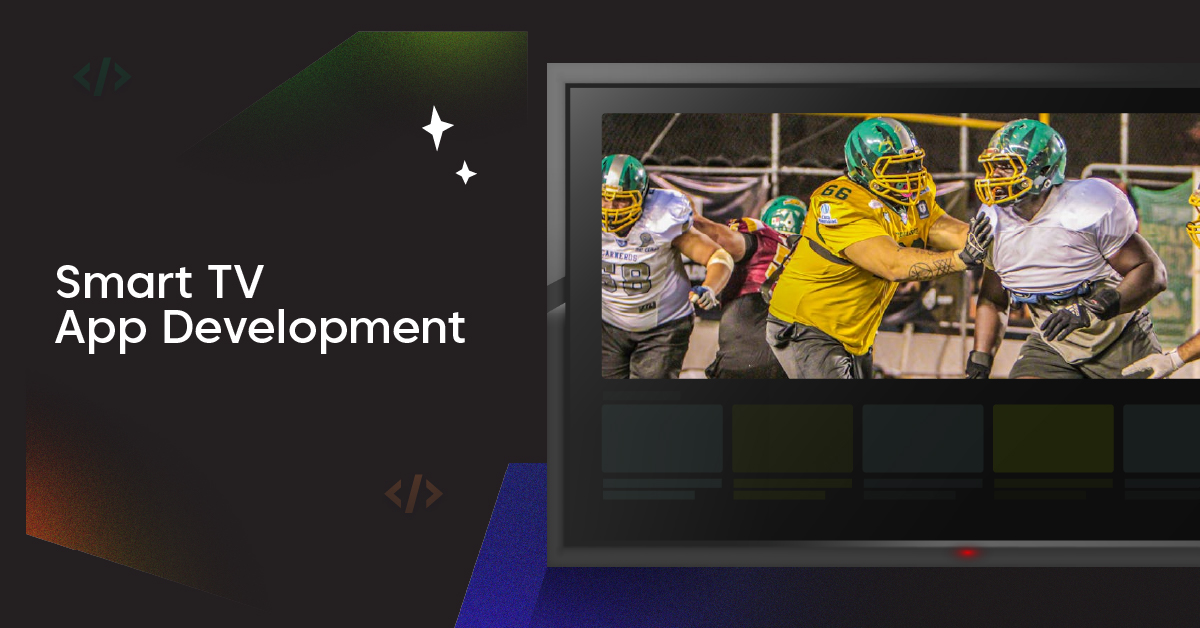In recent years, the video streaming industry has exploded. Users are consuming more video content than ever before. This growth presents huge opportunities for businesses and content creators alike. One technology that’s particularly important in facilitating this growth is the Content Delivery Network or CDN.
As you delve more into live streaming, you will likely encounter the term- live streaming CDN. It plays a crucial role in delivering videos reliably across the globe. Essentially, a CDN is like a global network of servers. It efficiently delivers high-quality content, including video segments, from origin servers to end users.
Understanding the importance of a CDN and how it works can be crucial. It could be the key to ensuring the smooth streaming experience that viewers demand.
In this post, we will explore why you should consider using a CDN for live streaming your video content. Let’s dive in.
What is a CDN?
A CDN is a global network of geographically distributed servers. It aims to deliver content fast and efficiently to end users. This content often refers to media files, particularly for video streaming platforms.
When an end-user clicks on a video, a request is sent to the CDN. The request goes to the nearest CDN cache instead of the origin server where the video is hosted. This server, also known as an edge server, delivers the content. The result is a faster, smoother streaming experience.

Video CDNs are highly effective in delivering videos, especially live streams. They are crucial for the streaming video industry. A CDN can minimize stream interruptions, enhancing the viewer’s experience.
CDN providers specialize in distributing content efficiently. They use multiple servers to manage the delivery of content. This content includes the video segments critical to live streaming. That’s why CDN is sometimes termed a Content Distribution network.
A CDN does more than deliver high-quality content. It also provides other services. For instance, video analytics. This data helps businesses optimize their streaming content. They can understand how content performs and engage customers better.
So, a CDN is not only about delivering content. It’s about enhancing the end-user experience. This stands true, whether for video on demand or live streaming. CDNs are integral to the smooth functioning of the video streaming industry. They address the many challenges faced in delivering videos. This includes delivering content quickly and reliably to a large audience base. They are critical in the efficient workings of on-demand and live-streaming CDNs.
How Does a CDN Work?
Understanding the operation of a CDN can seem complex. Yet, broken down into key features, the process is straightforward.
Media Files to CDN Caches
The journey begins with media files. These are typically stored on an origin server. A CDN will make copies of these media files. These copies are then stored on multiple servers across the CDN network. These servers are strategically located around the world. Each of these servers is known as a CDN cache.
User Requests
A request is sent out when a user decides to watch a video. This happens whether it’s a video on demand or a real-time live stream. The request heads to the nearest CDN cache rather than the origin server. This process is a key function of a CDN.
Content Delivery
The CDN cache closest to the user responds to the request. This proximity is key to minimizing latency. It ensures prompt delivery of high-quality content. The CDN cache then sends the requested media files to the user’s device. The efficiency of CDNs ensures the smooth streaming of video content. This is regardless of the volume of monthly traffic or the geographical location of users.
Adaptive Bitrate Streaming
A notable feature of CDNs is adaptive bitrate streaming. The CDN can adjust the quality of a video in real time. This depends on the viewer’s internet connection and device capabilities. The goal is to provide the best possible video experience.
The process involves splitting video content into small segments. The CDN delivers these video segments sequentially. This process ensures uninterrupted video content delivery.
Edge Computing
Another key aspect of CDN functionality is edge computing. CDNs move data processing closer to the user. Processing data at the edge of the CDN’s network reduces latency. This results in faster content delivery and a better user experience.
CDN Providers
There are several CDN providers in the market. These include big names like Akamai, CloudFront, Fastly, Cloudflare, Microsoft Azure, and others that cater to specific needs. Each CDN provider offers a range of services. These vary based on the provider’s network design, coverage, and other factors.
Picking the right CDN provider requires some insight. It’s important to consider the nature of your live-streaming needs. Also, consider factors like geographical coverage, performance, and reliability.
Security Features
CDNs also offer advanced security features. These help a video streaming platform to protect content delivery from threats like Distributed Denial of Service (DDoS) attacks. CDNs employ measures like Transport Layer Security (TLS). This step ensures data in transit remains secure from the origin server to the end user.
Video CDNs are essential to live streaming and video-on-demand (VOD) services. They ensure efficient distribution and delivery of high-quality video content. They use a mix of technologies and strategies to achieve this. From adjusting to real-time network conditions to thwarting security threats, CDNs do it. Their ability to ensure a smooth video streaming experience makes CDNs indispensable.
How Live Streaming Works?
Let’s now journey through the step-by-step process that takes a live stream from the recording phase to your screens.
Capturing the Video
The process of live streaming starts with capturing the video content. This happens through a camera or any other video recording device. The raw video feed is then encoded. This conversion into a digital format prepares it for streaming across the internet.
Encoding the Video
Once the video content is captured, it gets encoded. Encoding is a process that converts the video into a format suitable for streaming. Encoders can adjust the quality of the video. This is to suit the varying internet connection speeds of viewers.
Connecting to a Streaming Server
After encoding, the video stream is sent to a streaming server. Rather than a single server, live-streaming CDNs use multiple servers. They are geographically spread across various locations. The video stream gets copied onto these servers.
Distributing the Video
Once on the servers, the video stream is ready for distribution. When a viewer tunes into the live stream, a request is made. The requested video content is delivered from the nearest server. This server is known as the CDN cache.
By responding from a nearby CDN cache, user experiences are optimized. This leads to content being delivered with minimal latency. This is a key aspect of how a CDN ensures a smooth streaming experience.
Adaptive Bitrate Streaming
A significant part of live streaming is adaptive bitrate streaming. Viewing conditions vary among users. It depends on their internet connection speed and device capabilities. A good CDN adapts to these differences.
The live stream is delivered in different bitrates. The best quality stream is sent depending on the viewer’s bandwidth and device. This flexibility enhances the user experience. It helps ensure consistent content delivery with minimal buffering.
Ensuring Security
CDNs prioritize the security of their live streams. They utilize protocols to encrypt data. This protects the stream from potential security threats.
Transport Layer Security (TLS) is a popular encryption protocol. It safeguards the data in transit. This is from the origin server to the user’s device. This measure is vital for secure live video streaming.
Live streaming is more than just broadcasting video content. It is a process that requires careful execution. It involves encoding, distribution, and often adjusting to varying viewing conditions. CDNs are a crucial element in this ecosystem. With their extensive network of servers, they ensure efficient, secure delivery of live streams. This assures the best possible viewing experience for the end users.
Advantages of Using a CDN for Live Streaming
Let’s dive deeper into the benefits of CDN to your live-streaming efforts.
Improved Performance and Reliability
CDNs enhance the performance of live streams. They provide reliable content delivery. This reliability comes from the distributed nature of CDNs. When a user requests a live stream, the nearest CDN cache responds. This shortens the distance between the user and the server. It means quicker and more reliable content delivery.
Enhanced Global Reach
A CDN enables content creators to reach a global audience. The global network of CDN caches ensures this. Users from any location can access high-quality streams. This is true irrespective of the geographical distance from the origin server.
Minimizing Buffering and Latency
Buffering and latency are enemies of live streaming. CDNs help keep both at a minimum. They deliver content from the nearest CDN cache. This approach reduces latency. It ensures a smooth playback with minimal buffering.
Scalability and Flexibility
Live streaming can sometimes face sudden demand spikes. This might be due to viral content or special events. CDNs can scale up to meet these demands. They can also adapt to the varying conditions of individual viewers. This ensures a consistent viewing experience for everyone.
Cost-Effectiveness
Managing your servers can be costly. This is especially true when catering to a global audience. CDNs offer a more cost-effective solution. CDNs distribute network traffic across multiple servers. This eliminates the need to invest heavily in individual server capabilities.
Security Benefits
CDNs protect live streams from various threats. They employ multiple security measures. These include transport layer security and DDoS protection. Such measures ensure the safe distribution of content. They protect the data in transit, delivering a secure live-streaming experience.
Enhance Live Streaming Experience
The overall advantage of a CDN is enhancing the live-streaming experience. End users enjoy fast, high-quality, and secure content. There is minimal buffering and latency. This ensures a better viewing experience, regardless of the user’s location.
How to Choose the Right CDN for Live Streaming?
Let’s focus on how to choose the ideal CDN for your live-streaming requirements.
Consider Your Specific Live-Streaming Needs
Determining the suitability of a CDN begins with your needs. Are you streaming high-quality live videos? Do you need on-demand videos? Different CDNs have different strengths. Thus, understanding your requirements is critical.
Evaluate the Geographical Coverage of the CDN
The location of your audience matters a lot. You need a CDN with coverage in regions where your viewers are. This ensures faster and more reliable content delivery. A CDN with an extensive global network is ideal.
Look for High-Performance Infrastructure
The efficiency of a CDN depends on its infrastructure. A CDN with high-performance infrastructure ensures smooth streaming. It reduces latency and buffering. Choose a CDN that prioritizes infrastructure quality.
Check for Scalability and Flexibility
Live streams can experience sudden spikes in demand. Hence, a CDN needs to scale up quickly. A good CDN can handle such changes. It should also adapt to individual viewers’ conditions. Pick a CDN that is flexible and scalable.
Assess the CDN’s Network Reliability
The reliability of a CDN ensures consistent streaming. This is critical for live streams. The CDN’s network should be highly available. It should provide reliable content delivery. Always look for a CDN that promises high network reliability.
Consider the Customer Support Level
Exceptional customer support is an asset. It comes in handy when dealing with technical issues. When choosing a CDN, consider their customer service. It is important for resolving issues quickly.
Evaluate Pricing and Cost-Effectiveness
A good CDN is not only about high performance. It should also offer a cost-effective solution. Evaluate the pricing relative to the features offered. Align this with your budget and needs. It’s important to choose a CDN that offers good value for money.
Look for Advanced Security Features
Security is a big concern for live streaming. Choose a video CDN that emphasizes this. Look for measures like Transport Layer Security and DDoS protection. A secure CDN ensures the safe delivery of your live streams.
Conclusion
Live streaming is an exciting aspect of the digital age. It is captivating audiences worldwide. Yet, ensuring a smooth and satisfying viewer experience can be a challenge. This is where a CDN comes into play. A CDN enhances live streaming. It does so by improving performance and reliability. It enhances the global reach and minimizes buffering. It also offers scalability and security. Above all, it transforms the live streaming experience.
When it comes to choosing a CDN service, one important aspect stands out. The ability to adapt. This is crucial to address various live-streaming challenges. This is why multi-CDN strategies are gaining popularity. They combine the strengths of multiple CDNs. This ensures reliable and optimum performance.
Castr, a popular live-streaming solution, utilizes a multi-CDN strategy. This approach ensures that live streams perform well, regardless of viewer location.
Adaptive bitrate streaming is another critical aspect of live streaming. This technology ensures seamless content delivery. It takes into account each viewer’s connection speed and device capabilities.
Castr’s live-streaming solutions provide this adaptive technology. It adjusts the quality of the live stream in real time. This results in a consistent and high-quality viewing experience.
Live streaming involves more than simply broadcasting content. It requires careful consideration of various factors. These depend on viewers’ experiences and your streaming goals. A CDN-based live-streaming solution- Castr brings these considerations together. We offer a comprehensive solution to deliver high-quality live-streaming experiences.
So, whether you are a content creator, a business, or a media house, remember this. A well-chosen CDN can be your key to unlocking successful live streaming. It can help bring your content to life, reaching audiences far and wide.









